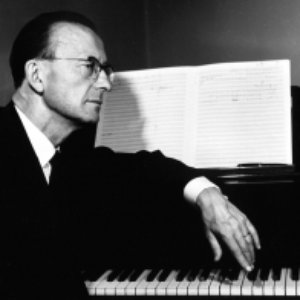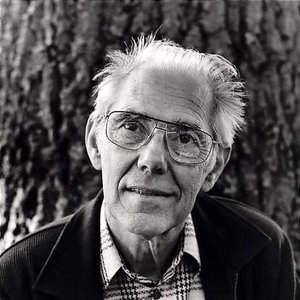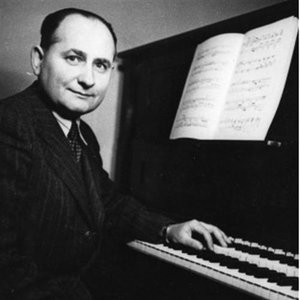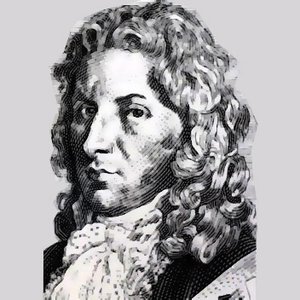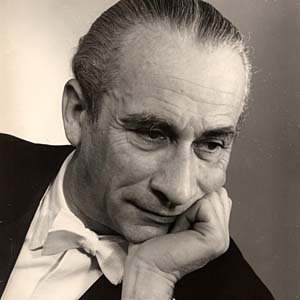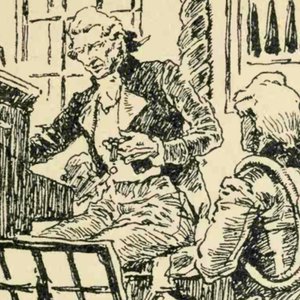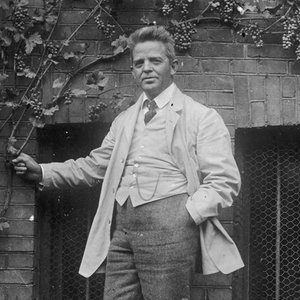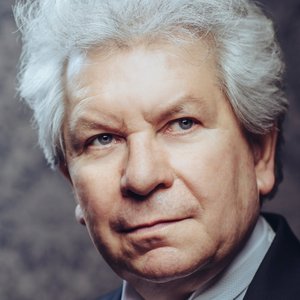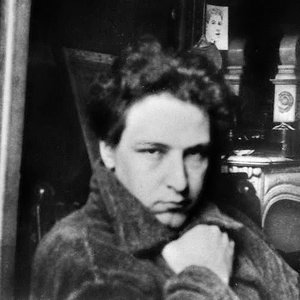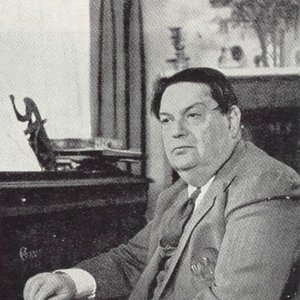Biography
-
Born
8 December 1890
-
Died
28 August 1959 (aged 68)
Bohuslav Martinů (8 December 1890, Polička – 28 August 1959, Liestahl) was a Czech composer of modern classical music. He was very prolific, writing almost 400 pieces, among them 6 symphonies, choral works, operas, concertos, including for cello, violin, oboe and five for the piano and his chamber music, including seven string quartets. His artistic history content more creative periods, incl. postimpresionism, neo-classicism, expressionism etc.
Biography:
Bohuslav Martinů was born in a bell-tower where his father, a shoemaker by trade, was a watchman. Even as a child, he developed a reputation locally, and he gave his first public concert in his hometown in 1905. In 1906 Martinů became a violin student at the Prague Conservatory. He studied briefly there (before being dismissed for “incorrigible negligence”) and later continued to study on his own.
He spent the First World War in his hometown as a teacher, where he pursued his interests in composition. He also joined the Czech Philharmonic Orchestra as a violinist. His ballet Istar was completed in 1922. He left Czechoslovakia for Paris in 1923, where he became a pupil of Albert Roussel, though he retained many links with his birthplace.
When the German army approached Paris early in the Second World War, he fled, first to the south of France, and then to the United States in 1941, where he settled in New York with his French wife. In later life he lived in Switzerland, never returning to his homeland.
Martinů’s music displays a wide variety of influences: works such as La Revue de Cuisine (1927) are heavily influenced by jazz, while the Double Concerto for two string orchestras, piano and timpani (1938) is one of many works to show the influence of the Baroque concerto grosso. Other works are influenced by Czech folk music. He also admired the music of Claude Debussy and Igor Stravinsky, among other composers.
A characteristic feature of his style of orchestral writing is the near omni-present piano; most of his orchestral works include a prominent part for piano, including his small concerto for harpsichord and chamber orchestra.
The bulk of his writing from the 1930s into the 1950s was in a Neoclassical vein, but with his last works he opened up his style to include more rhapsodic gestures and a looser, more spontaneous sense of form. This is easiest to see by comparing his sixth symphony, tellingly titled Fantaisies symphoniques, and his previous efforts, all from the 1940s.
One of Martinů’s lesser known works is a piece featuring the theremin commissioned by Lucie Bigelow Rosen. Martinů started working on this commission in the summer of 1944 and finished his Fantasia for theremin, oboe, string quartet and piano on October 1, dedicating it to Mrs Rosen, who premiered the piece as theremin soloist in New York on 3 November 1945, along with the Koutzen Quartet and Robert Boom.
Artist descriptions on Last.fm are editable by everyone. Feel free to contribute!
All user-contributed text on this page is available under the Creative Commons Attribution-ShareAlike License; additional terms may apply.
